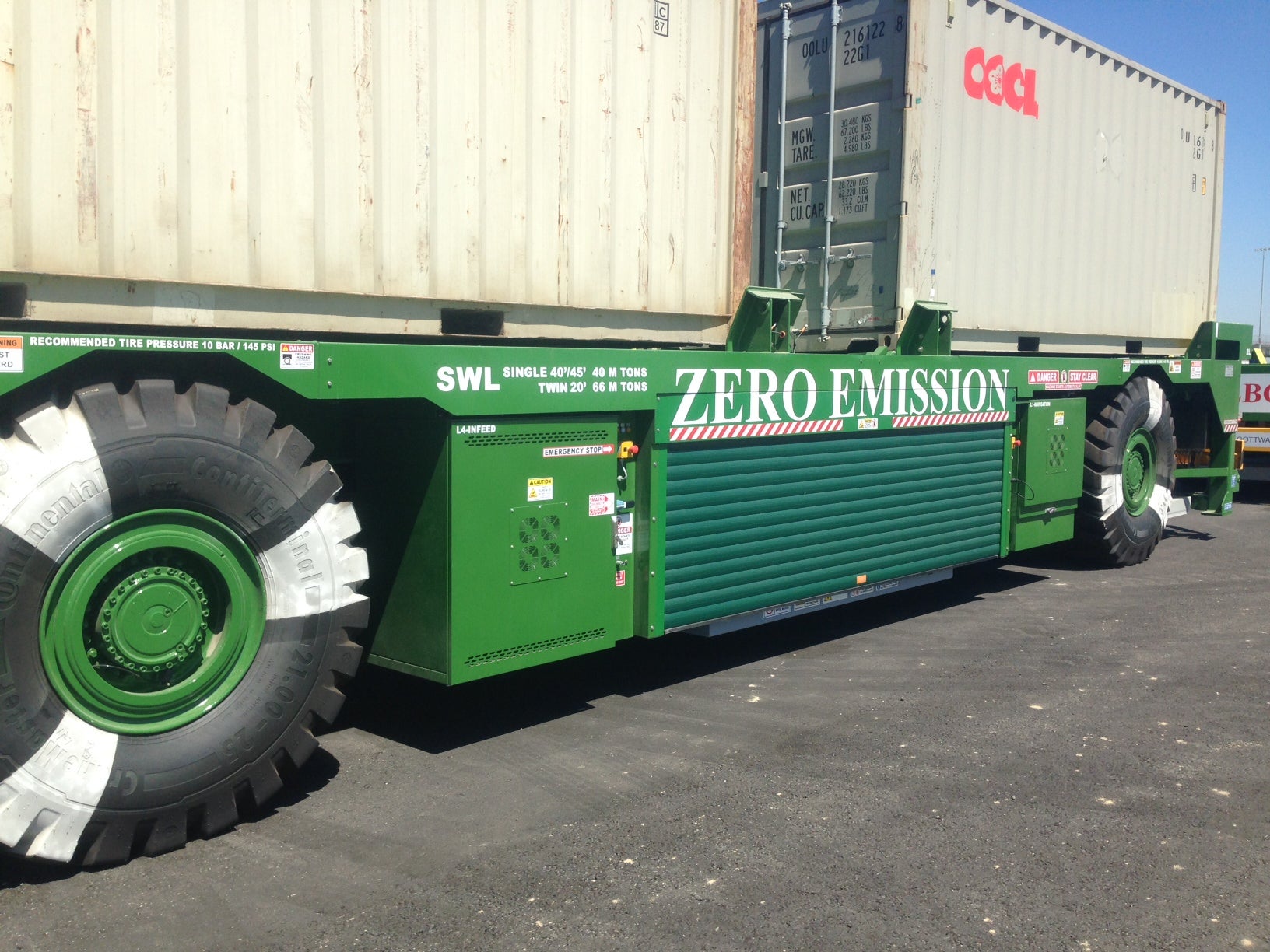Port of LA Misses Zero Emissions Boat
The Port of Long Beach, California, has shown that the freight industry can reduce its toxic air emissions. It's time for other ports to do the same.

This page was published 11 years ago. Find the latest on Earthjustice’s work.
For decades, environmental and community groups have pushed back against harmful pollution from the Ports of Los Angeles and Long Beach, California. The neighborhoods near these ports contain some of the most toxic air in the region, with port emissions a primary culprit. Ports are also one of the leading producers of smog-forming pollution in the most ozone-polluted region in the nation.
I recently had the good fortune to see some of these efforts to clean up the ports firsthand during a mini-tour of the Middle Harbor Project at the Port of Long Beach. Many years ago, advocates pushed hard to improve the plans for this major expansion project at the port while it underwent mandatory environmental review. Currently, the developers of this terminal are implementing a system that takes containers unloaded from the ships onto all-electric carts and transfers them to all-electric rail mounted cranes, which then deliver the cargo to various destinations. I was able to travel up to the boon of the crane, which gave an excellent vantage to see the many zero emission carts, the battery where they charge and the zero emissions electric cranes.
Unfortunately, right next to this effort to create a more modern, environmentally sound terminal, the Port of Los Angeles is proposing antiquated diesel technology in its proposal to expand the YTI terminal. This is the first major terminal expansion plan to come out since Mayor Garcetti took the helm in Los Angeles. Luckily, Mayor Garcetti is a proponent of state-of-the-art technology, so my hope is that once information about this project percolates up to the Harbor Commission and mayoral staff, they will be concerned to find out that the Port of Los Angeles does not plan to use zero emission technology.
In the Los Angeles/Long Beach region, there is a consensus from environmental agencies, environmental groups, community groups and even the ports themselves that we need to move to zero tailpipe emissions systems run by clean energy. This will help protect the millions of people impacted adversely from the freight industry’s air pollution. So far, plenty have spoken about this topic, but there has been little action to achieve a truly zero emissions port complex. Some in business get that the region needs to move to zero emissions systems like those developing the all-electric cargo handling systems at Middle Harbor. Others are hoping lip service will suffice.
I’m hopeful that the Los Angeles Harbor Commission, which oversees the staff at the Port of Los Angeles, will make the YTI project mimic the zero emission approach for cargo equipment at Middle Harbor, instead of relying on antiquated diesel technologies. The business bottom line is not the only things at stake; our lungs should also matter in this decision.
The California Regional Office fights for the rights of all to a healthy environment regardless of where in the state they live; we fight to protect the magnificent natural spaces and wildlife found in California; and we fight to transition California to a zero-emissions future where cars, trucks, buildings, and power plants run on clean energy, not fossil fuels.